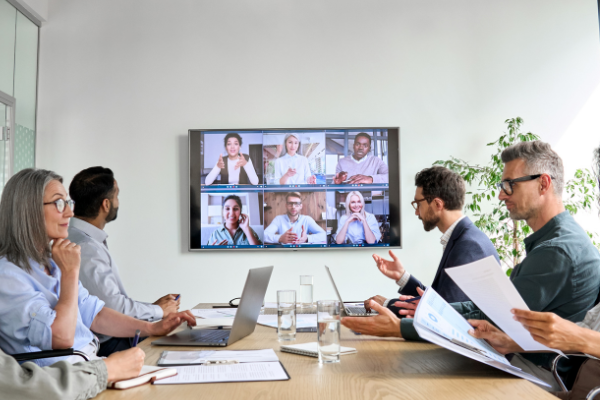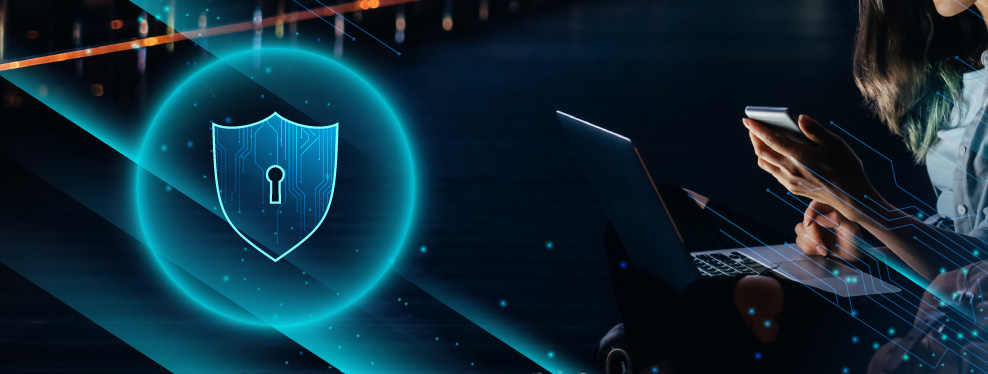
When facilitating any focus group, these four steps should never be missed: planning, execution, organizing data, and analysis. But while these steps may seem straightforward, many intricacies must be considered to make focus group video streaming successful.
Here are some tips, tricks, and best practices that you could incorporate when running a live stream session as well as how CCam focus can provide you with the best technology to support your in-facility project.
1. Map Out Your Strategy
The first step to conducting an effective focus group study is to plan out each portion of the session thoroughly. This includes:
- Your research objectives - These are specific results you want to achieve. Each statement serves as an outline of the data you want to gather from your respondents.
- Question format - Ensure that your questions are open-worded to prompt more in-depth responses and not one-worded answers.
- Potential follow-up questions - Anticipate and prepare to ask probing questions to better explore the meaning behind your participants’ answers.
- Stimulus - The type of stimulus presented in a live stream session and how it will be displayed (e.g., videos, photos, screen sharing) should be adapted to suit both remote and in-facility participants simultaneously.
- Focus group platform - Your focus group streaming technology must provide multiple views to create an immersive experience for remote viewers.
CCam focus utilizes a 360° omnidirectional camera and microphone to give remote users the best seat in the house. CCam provides zoomed-in views of the last two to three speakers and a continuous panoramic view of the whole room for the most relevant perspective.
2. Create Structure
In focus group live video streaming, a discussion guide standardizes and helps add structure to the session. It serves as a script for the moderator to reference when walking research participants through each topic. Typically, it comprises multiple segments, such as the:
-
Introductory Page
The first portion of a discussion guide is for internal use only and is not intended to be revealed to the respondents. It includes the date, the type of focus group being conducted, and the screening criteria used.
-
Warm-up and Introductions
Initial introductions provide additional context to the study for participants to gain clarity about the session and what is expected of them. This section consists of a brief background on the moderator, ground rules, session duration, discussion topics, and what the findings will be used for.
Including a warm-up or icebreaker before the session helps build rapport between the moderator and respondents. These activities also put participants in the right frame of mind to freely share their responses.
-
Section-by-section Breakdown
A video streaming focus group typically works like a funnel. General questions and topics are tackled first before venturing deeper into different talking points towards the middle of the conversation. Each section is usually time-stamped to allow ample time for each subject to be discussed, ensuring no detail is missed.
-
Conclusion
The last part of a live video streamed focus group should be used to reflect on responses and wrap up what was discussed during the session to give respondents the chance to share their final thoughts or comments.
3. Perform Tech Checks
To avoid wasting time on technical problems, it’s crucial to ensure that both in-person and remote equipment (e.g., recording devices, meeting software, internet connection) are functioning well before the session. For remote viewers, this means providing a link for a test meeting to fix any problems that may arise.
CCam focus provides the highest level of customer service with tech checks and full-service event monitoring to ensure everything is working properly. Each focus group video streaming session is recorded twice so that any unexpected technical errors don’t affect your data.
4. Comfort is Key
To promote a free-flowing discussion, the respondents’ environment should be considered. Some respondents prefer not to participate in a traditional focus group solely because of inconvenience. This could be because of multiple factors such as availability, location, or even shyness. The idea of sharing their opinions with a group of strangers in an unfamiliar environment can deter certain people from taking part in the study.
One main advantage of focus group live video streaming is its flexibility in accommodating a hybrid remote and in-facility session for everyone involved. CCam focus allows respondents to participate in a comfortable environment – resulting in more open and honest feedback.

5. Involve Your Clients and Team Members
Equal contribution is essential for the success of a session. In a live stream focus group, moderators can use chat features to communicate with remote clients and their team members. CCam’s private backroom chat allows them to talk to the moderator while the session is ongoing.
Client observers can pose new questions, share observations, and highlight any discussion point for follow-up. Additionally, notetakers can keep track of participation and use the backroom chat to let the moderator know who hasn’t had a chance to contribute to the discussion.
6. Post-Recording Curation and Analysis
Organization and analysis of focus group recordings make it easier for researchers to find and identify valuable points of discussion to include in their report. To do this, they must utilize various tools to communicate their research outcome to their clients and stakeholders.
CCam focus has integrated transcription, curation, and collaboration tools that deliver a condensed and concise version of all the data gathered throughout the study. These tools include various features for:
- Generating machine or human transcripts
- Tagging keywords and phrases
- Marking important moments
- Clipping key points
- Creating highlight reels
- Commenting on recorded sessions
Keep all team members in the loop on project statuses using a secure central hub for storage, managing recordings, and communicating with colleagues.
Experience Unparalleled Service and Optimized Technology With CCam® focus
CCam focus is the premiere recording and streaming solution that delivers uncompromised video and audio quality when conducting focus groups. Have a unified curation, storage, and sharing solution to keep your focus on the research instead of the logistics. Explore how CCam can enhance your in-facility project.


